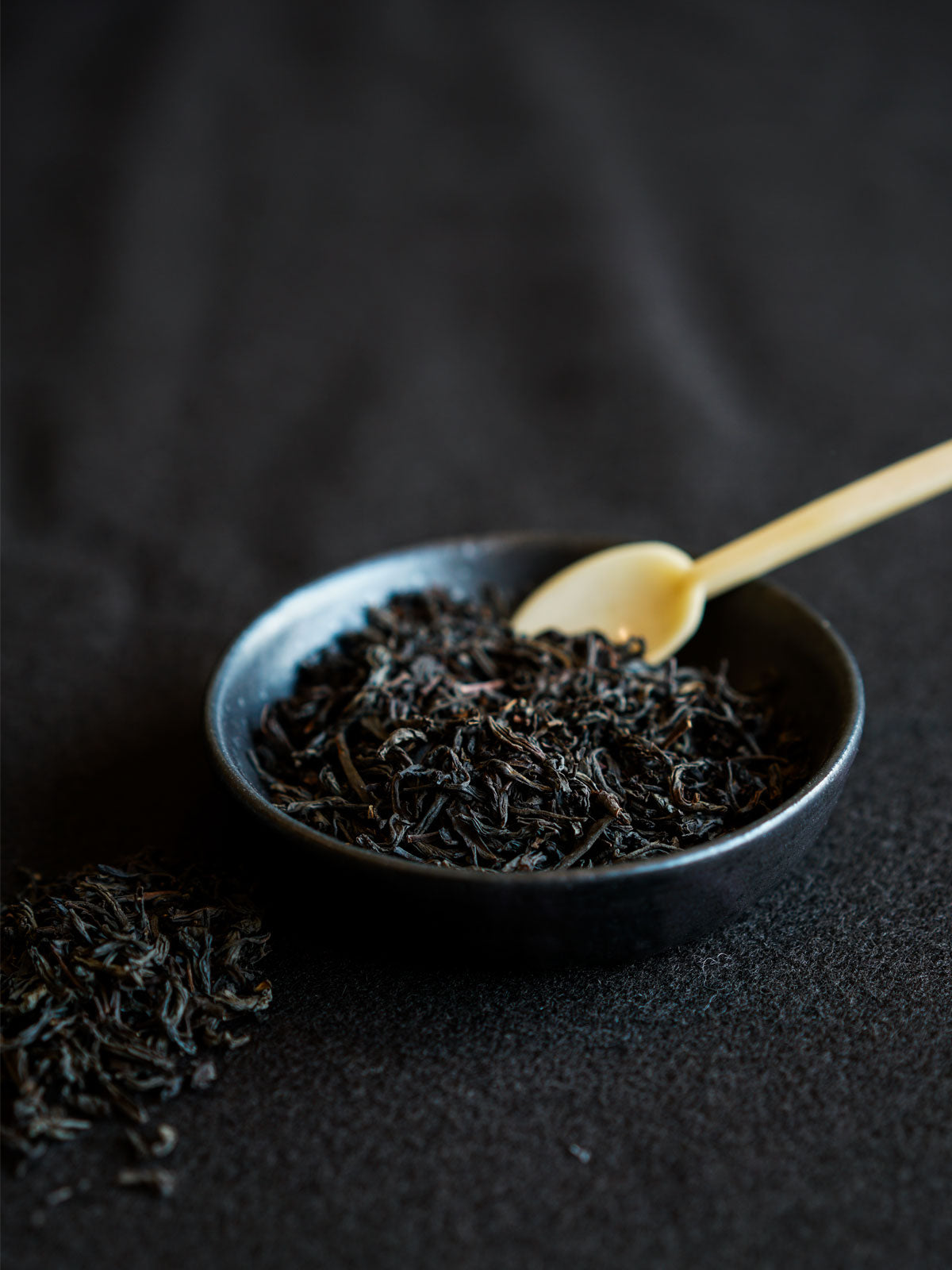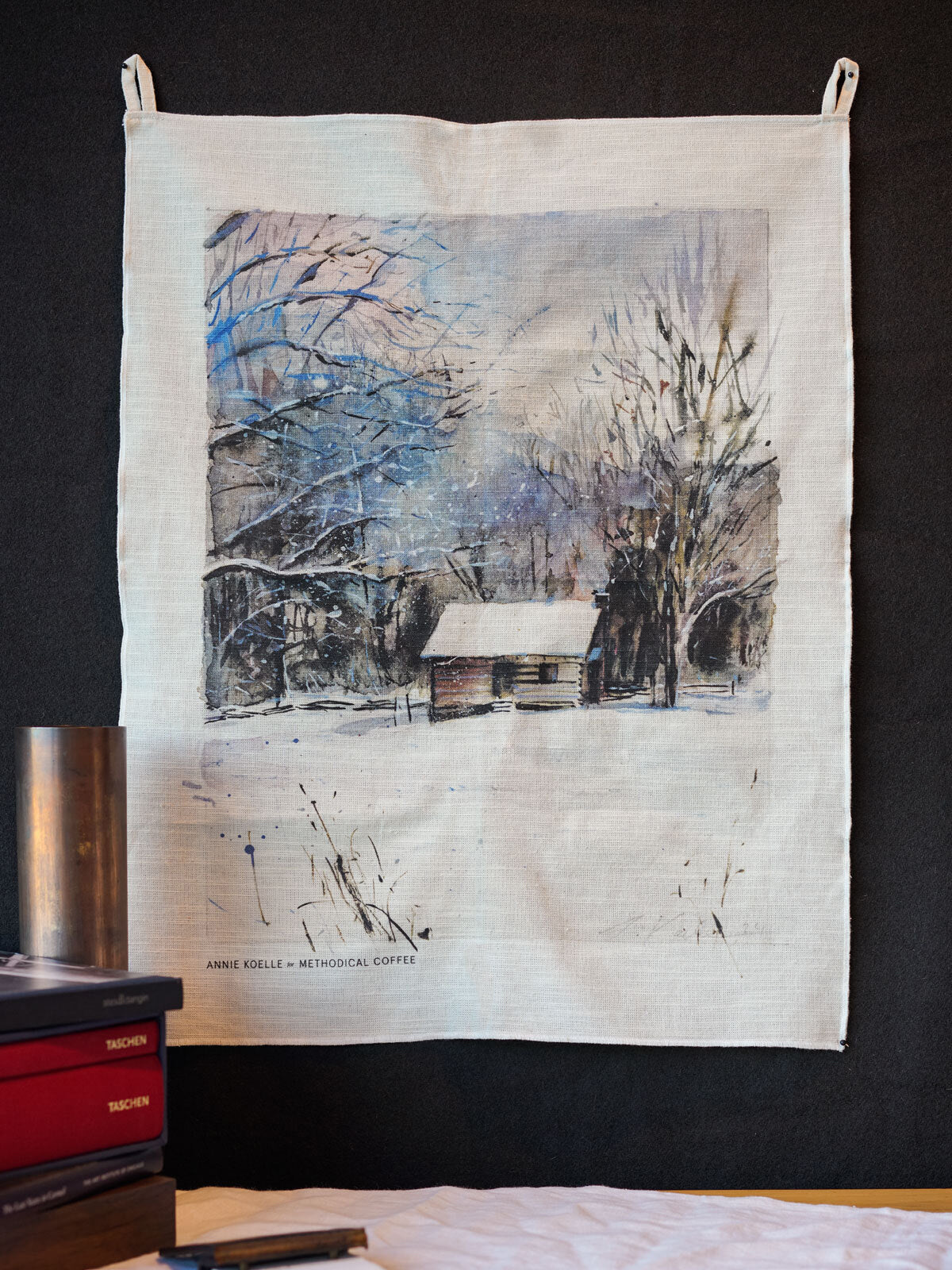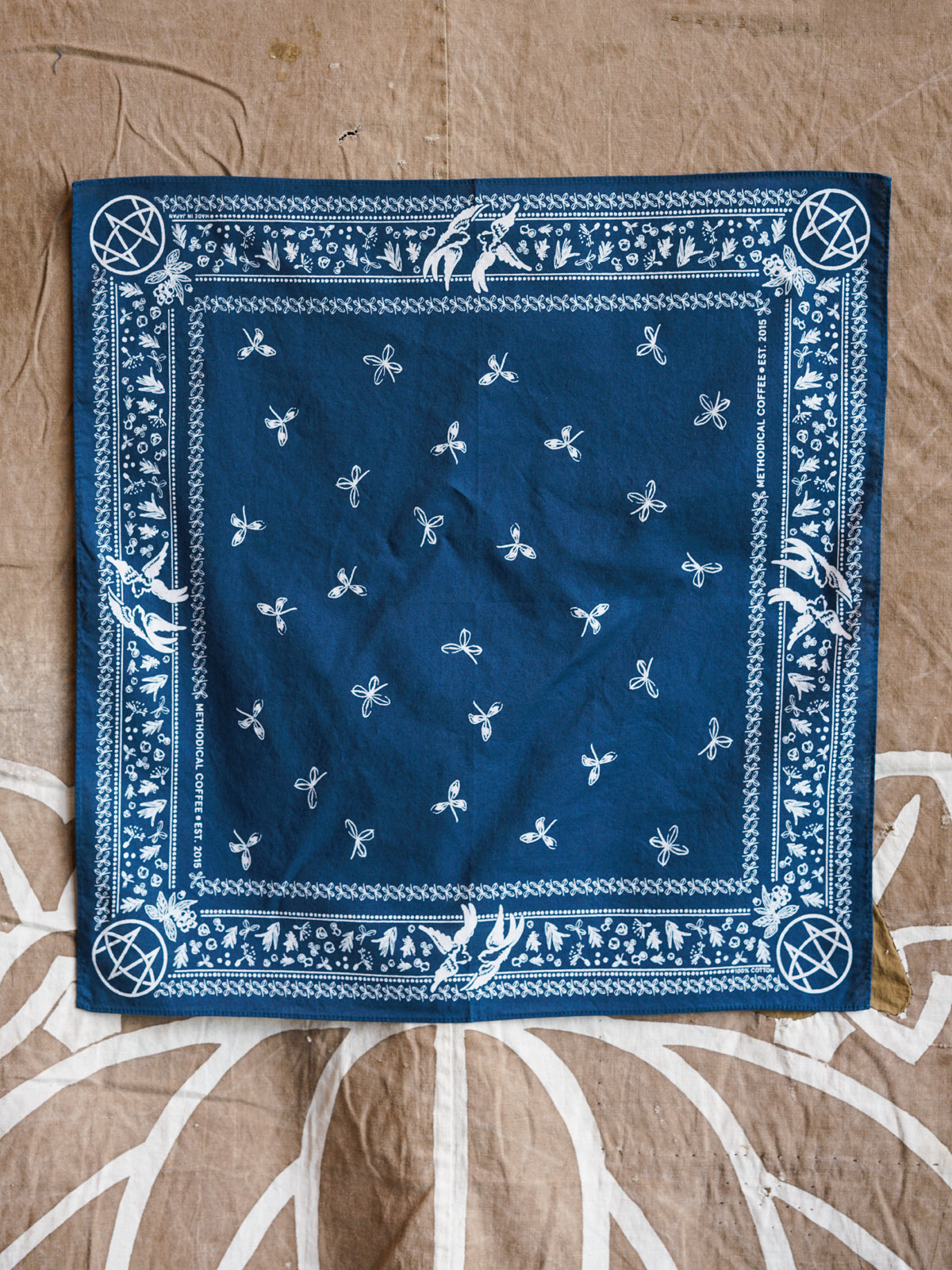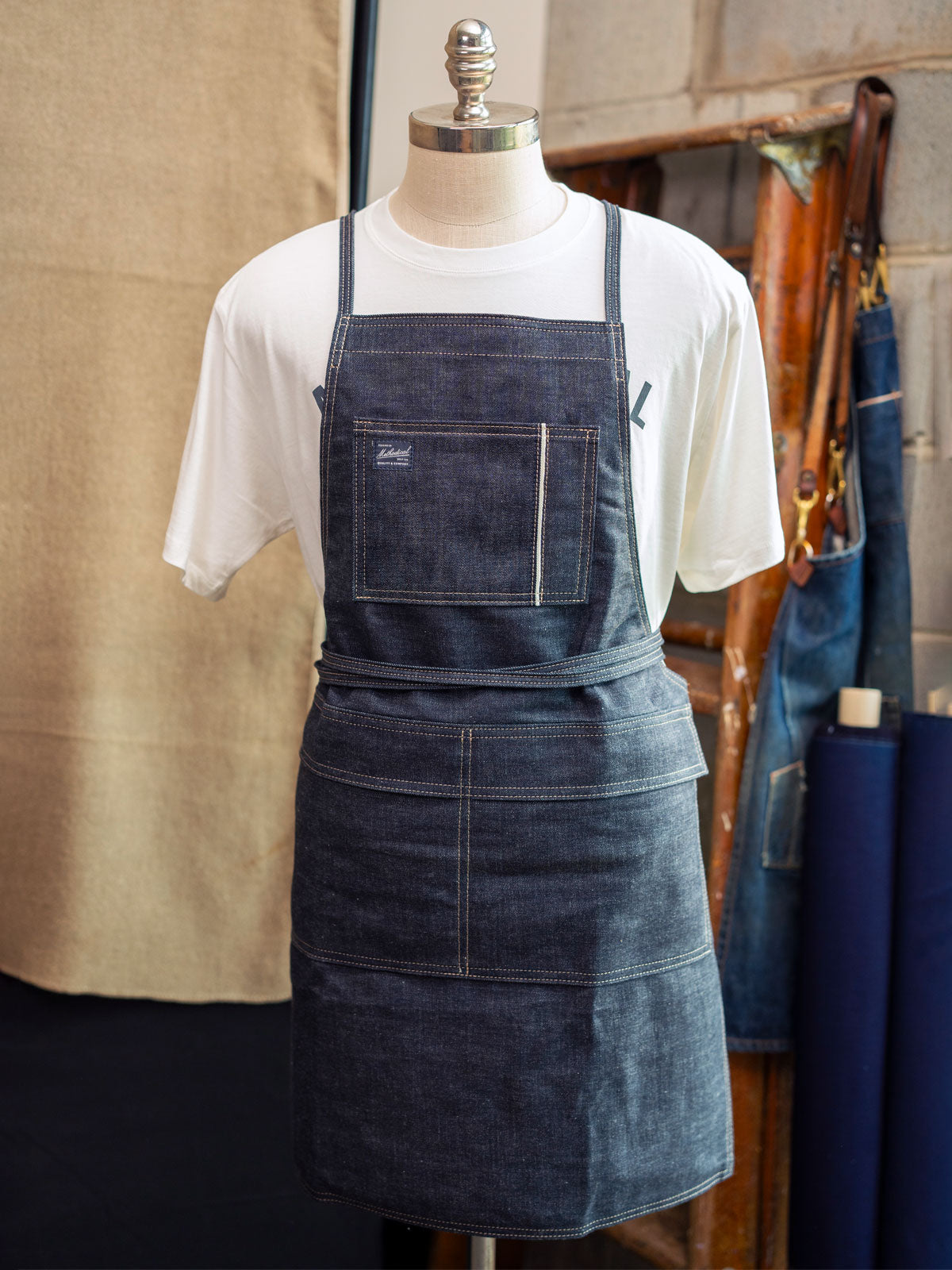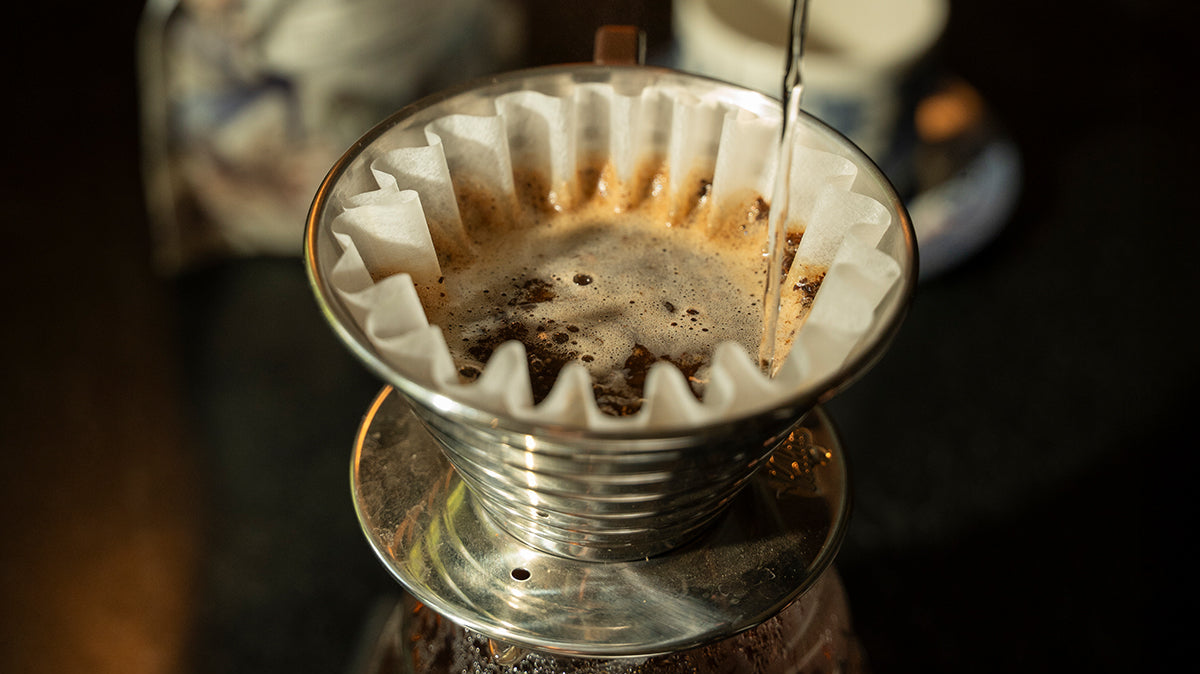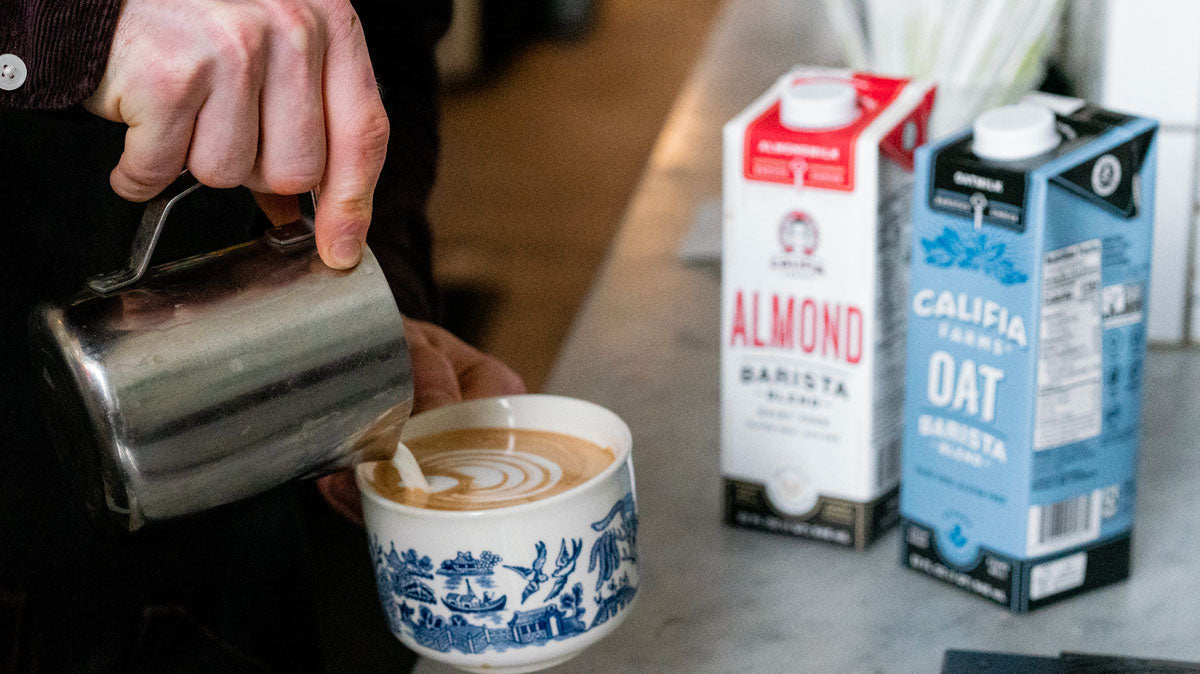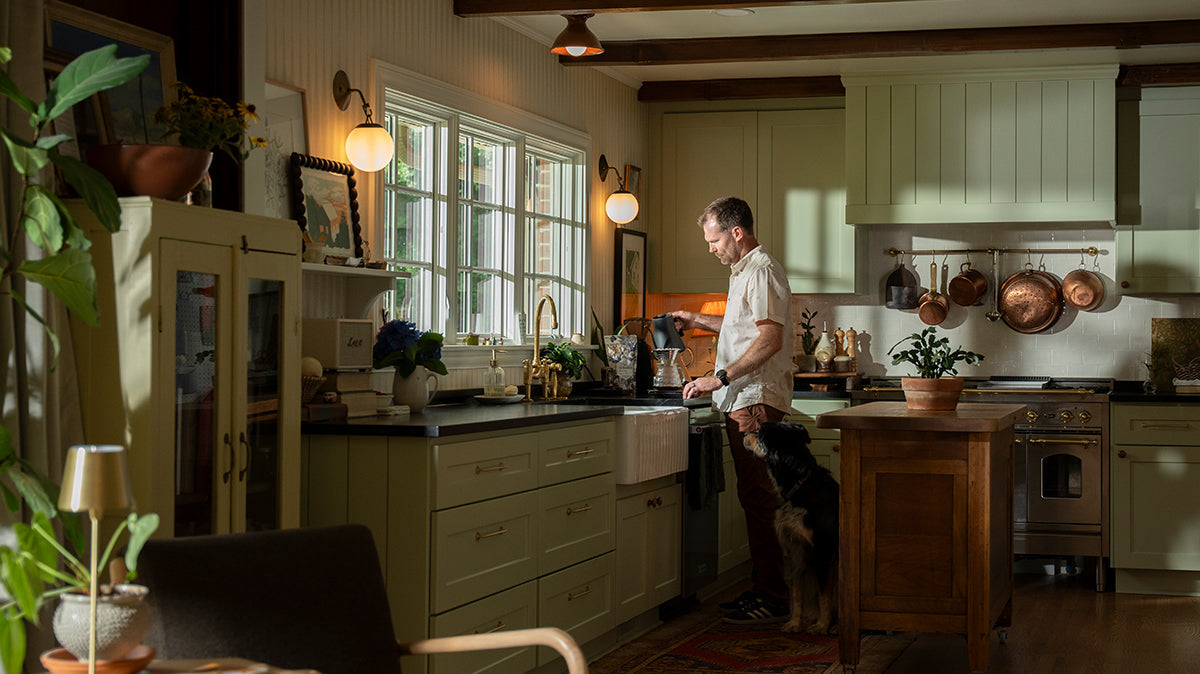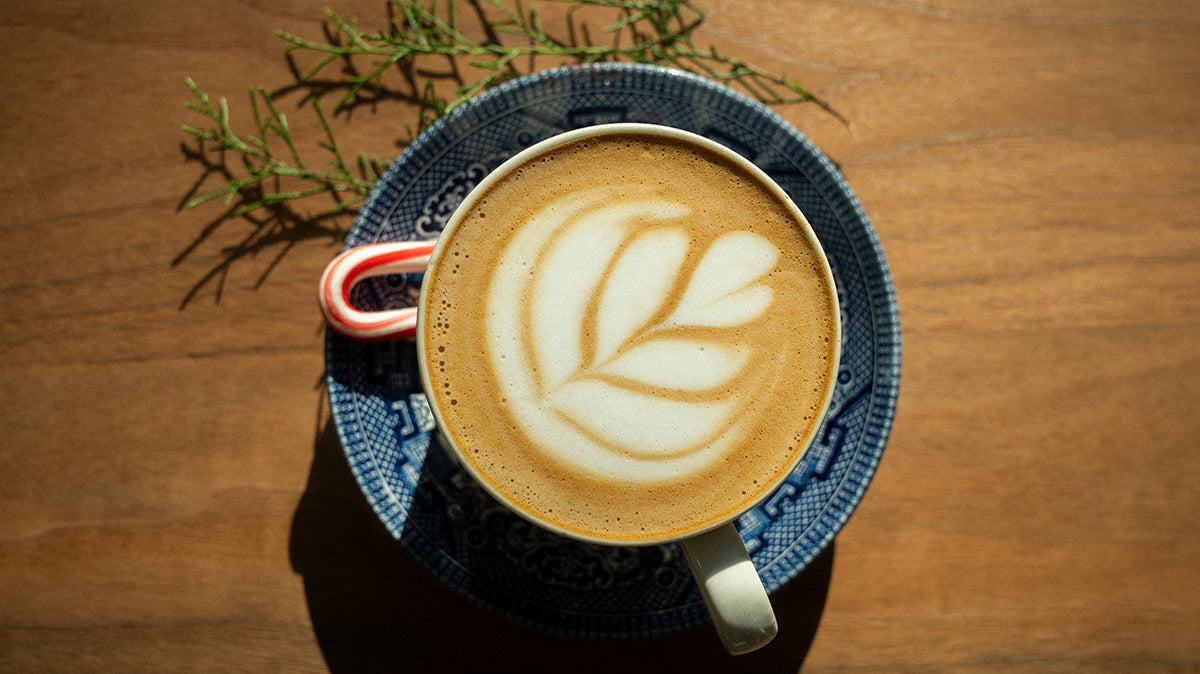When it comes to brewing coffee at home, the choice between an espresso machine and a coffee maker can significantly impact your daily coffee experience. Both appliances offer unique benefits and cater to different tastes and preferences. How do you choose between a concentrated shot of espresso or a comforting cup of brewed coffee? In this guide, we’ll explore the key differences between these two popular coffee brewing options, helping you decide which one best suits your tastes and enhances your daily coffee routine.
What’s an Espresso Machine?
An espresso machine is a specialized coffee brewing appliance that uses high pressure to force hot water through finely-ground coffee, resulting in a concentrated, flavorful shot called espresso. This rich, aromatic beverage serves as the base for a variety of specialty coffee drinks like lattes, macchiatos, and cappuccinos.
How Do Espresso Machines Work?
The magic of espresso lies in its unique brewing process. Here's a step-by-step breakdown of how to pull a shot of espresso with one of these incredible machines.
Water Heating
The espresso machine's boiler heats water to a precise temperature (usually between 195°F and 205°F or 90°C and 96°C). The heating element inside the boiler ensures the water stays at the right temperature for brewing.
Grinding and Tamping Coffee
Espresso requires a very fine grind, so fresh coffee beans are ground into a fine consistency similar to ground cinnamon. Some espresso machines have a grinder built-in, while others do not. Make sure to use a coffee grinder that’s specifically made for espresso to get the perfect grind.
Once ground, the user places the coffee in the portafilter, and a tamper is used to compress the grounds evenly. An even ground and thorough tamping allows uniform water flow through the coffee for optimal extraction.
Brewing Process
Once the coffee is tamped into the portafilter, it’s locked into the group head, which contains the water distribution system and the shower screen to spread the water evenly over the coffee. When the machine is activated, the pump pushes hot water at high pressure (typically around 9 bars) through the group head and into the coffee grounds.
The water then passes through the coffee, extracting its flavors, oils, and aromas, creating the concentrated espresso shot. The whole process takes about 25–30 seconds for a typical shot of espresso.
Steam for Frothing Milk
Espresso machines with a steam wand can produce steam for steaming and frothing milk. Baristas can use the steam wand to heat and froth milk by injecting steam and creating microfoam, which is essential for drinks like lattes and cappuccinos.
Types of Espresso Machines
There are several types of at-home espresso machines you can buy to craft your favorite latte or cappuccino. Here are some of the most popular types.
- Manual Machines: Offer the most control over the brewing process, but require skill and practice.
- Semi-Automatic Machines: Automate water pressure, but leave other steps like grinding and tamping to the user.
- Automatic and Super-Automatic Machines: Further streamline the process, with some even taking care of grinding and tamping automatically.
What is a Coffee Maker?
A coffee maker brews coffee by automatically dripping hot water over ground coffee beans. The hot water passes through a filter holding the coffee grounds, extracting flavors and aromas before dripping into a carafe or pot below.
Coffee makers, particularly drip models, are ideal for users who want to make multiple servings of coffee with minimal effort and customization. They are perfect for everyday use, especially in homes or offices where simplicity and convenience are valued.
Types of Home Coffee Makers
There are several different types of coffee makers, each offering unique brewing methods and flavor profiles. Here are some of the most common types.
Drip Coffee Maker
With a standard drip coffee maker, hot water is dripped over ground coffee beans held in a filter, and the brewed coffee collects in a carafe below. Drip coffee makers are incredibly convenient and can brew large quantities of coffee at a time. With this maker, you have limited control over brewing variables like water temperature and flow rate.
Single-Serve Pod Coffee Maker
Single-serve pod coffee makers have become enormously popular over the last decade. With these coffee makers, pre-packaged coffee pods or capsules are inserted into the machine, and hot water is forced through the pod to brew a single cup of coffee. Pod coffee makers are compact, quick and easy to use, and have minimal cleanup. However, the pods are expensive and generate a great deal of waste compared to other coffee brewing methods.
Percolator
A percolator coffee maker is a traditional brewing device that continuously cycles boiling water through coffee grounds to produce a strong and rich brew. It consists of a pot with a vertical tube and a perforated basket that holds the coffee grounds. As the water heats, it’s pushed up the tube and over the grounds, allowing the water to percolate through the coffee multiple times. This method is known for creating a bold and robust flavor, though it can sometimes lead to over-extraction, resulting in a slightly bitter taste. Percolators are popular for their simplicity and ability to brew large quantities of coffee.
Espresso Machine vs. Coffee Maker
When choosing between an espresso machine and a coffee maker for at-home coffee brewing, it's important to consider factors like brewing method, convenience, flavor profile, and the amount of effort involved. Here’s a comparison to help you decide.
|
Feature |
Espresso Machine |
Coffee Maker |
|
Brewing Method |
High-pressure hot water through finely-ground coffee |
Pour-over or drip method with medium-coarse ground coffee |
|
Flavor Profile |
Strong, concentrated, robust, with crema |
Less concentrated, subtle flavor and mouthfeel |
|
Convenience |
Varies by type; manual requires skill, automatic easier |
Simple, minimal effort, great for multiple cups |
|
Versatility |
High, can make various espresso-based drinks |
Lower, mainly for brewing standard coffee |
|
Cost |
Expensive, especially for high-end models |
More affordable, wider range of budget options |
|
Best Use Case |
Specialty coffee lovers, smaller households |
Convenience seekers, larger households |
Espresso Machine
Brewing Method
Espresso machines use high pressure to force hot water through finely-ground coffee, producing a concentrated shot of espresso. It can be a fairly complicated process, involving precise control over grind size, tamping pressure, and extraction time.
Flavor Profile
There’s nothing quite like espresso. Espresso machines produce a strong, concentrated coffee with a layer of crema on top and a robust and full-bodied flavor. You can enjoy the espresso alone or use it as a base for other drinks (espresso martini, anyone?).
Convenience
The convenience of an espresso machine depends on the type you buy. Manual machines require skill and effort to operate, while automatic and super-automatic machines simplify the process–at a higher cost. It also takes a bitmore time and effort to learn how to use an espresso machine efficiently, but the process becomes quite fast once you learn.
Versatility
Espresso machines are incredibly versatile, especially if you have one with a steam wand. With these machines, you can make various espresso-based drinks like flat whites, cortados, and lattes.
Cost
The cost of home espresso machines can be a bit of a barrier to entry for some. Espresso machines are fairly expensive, especially for high-end models with advanced features. Affordable models exist, though their capabilities are limited.
Best Use Case
Espresso machines are great for those who want to enjoy strong, concentrated coffee and are interested in making specialty coffee drinks. They offer a richer flavor but require more skill and maintenance than a regular coffee maker.
Coffee Maker
Brewing Method
The brewing process for a coffee maker vs. an espresso machine is quite different. They typically involve minimal manual effort—just add water and coffee grounds, and let the machine do the work.
Flavor Profile
The flavor profile of standard brewed coffee is very different from espresso. Coffee makers use a higher water-to-coffee ratio to brew coffee that is less concentrated than espresso, with a more subtle flavor and mouthfeel.
Convenience
Automatic coffee makers are easy to use and convenient for making multiple cups of coffee at once. They’re especially ideal for busy mornings or when serving coffee to a group.
Versatility
There’s a lot of variety when it comes to automatic coffee makers, including drip coffee makers, single-serve machines, and cold brew makers. Of course, they’re less versatile in terms of drink types compared to espresso machines.
Cost
Automatic coffee makers are generally more affordable than espresso machines, with a wide range of options available to suit different budgets.
Best Use Case
Coffee makers are ideal for those who prefer convenience and ease, offering a straightforward way to brew larger quantities of coffee with minimal effort. They’re better suited for everyday use and larger households.
Choosing Your Perfect Cup
Choosing between an at-home espresso machine and a coffee maker is no small task. While coffee makers are more practical and accessible for most, there’s nothing quite like freshly brewed espresso in the morning to wake you up. Ultimately, the choice is yours, but there’s truly no wrong choice here, especially when you use high-quality coffee beans. Whether you prefer a robust dark roast or a bright and fruity light roast, you can find it in our collection.
Shop all Methodical Coffee today →
You might also like:


